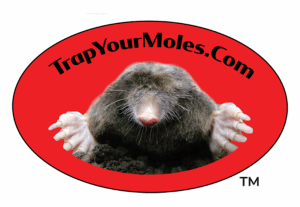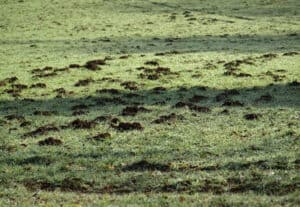
Moles are small, burrowing mammals that can create extensive networks of tunnels and mounds in yards, gardens, and other outdoor spaces. While they may be cute to some people, they can also be a nuisance to others. Understanding what attracts moles to your yard can help you take steps to prevent and manage them.
Read on as we dive into the real explanations behind mole infestations in your yard today.
Mole Infestations and Environmental Factors
One of the primary factors that attract moles to a yard is the environment. Moles prefer moist, loose soil that is easy to dig through. They also prefer areas that are well-shaded and have plenty of organic matter in the soil. If your yard or garden meets these conditions, it may be more attractive to moles.
Mole Infestations and Food Sources
Another factor that attracts moles to a yard is the availability of food sources. Moles primarily feed on insects and other small invertebrates, such as earthworms, grubs, and beetles. If your yard has a high population of these insects, it may be more attractive to moles. Additionally, if you use certain types of lawn and garden treatments that kill off insects, moles may be less likely to visit your yard.
Mole Infestations and Landscaping or Yard Maintenance
The way you maintain your yard can also play a role in attracting moles. For example, if you have a lot of mulch or other organic matter in your garden beds, it can create an ideal environment for moles to burrow and tunnel through. Additionally, if you have a lot of tall grass or weeds in your yard, it can provide cover for moles as they move around. Regular mowing and maintenance can help reduce these factors and make your yard less attractive to moles.
How to Prevent Moles in Your Yard
If you want to prevent moles from taking up residence in your yard, there are several steps you can take. One of the most effective methods is to use physical barriers to keep moles out. This can include installing fencing or using mesh wire to create a barrier around garden beds or other areas you want to protect. You can also use mole repellents, which are usually made with natural ingredients like castor oil or garlic. These repellents can be sprayed on the ground or applied to plants to help deter moles.
Another effective method for preventing moles is to reduce the availability of food sources. This can be done by using insecticides or other treatments to reduce the population of insects in your yard. You can also use traps or other methods to catch and remove moles from your yard.
How to Manage Moles in Your Yard
If you already have moles in your yard, there are several ways to manage them. One option is to use traps to catch and remove the moles. Live traps can be used to capture the moles and relocate them to a new area. You can also use lethal traps, such as mouse traps or spring-loaded traps, to kill the moles.
Another option for managing moles is to use natural predators to control their population. Many animals, such as owls, hawks, and snakes, feed on moles and can help keep their population in check. You can also encourage these predators to visit your yard by providing nesting boxes or other habitats.
Conclusion
Moles can be a frustrating presence in your yard, but there are several steps you can take to prevent and manage them. By understanding what attracts moles to your yard, you can take steps to create a less welcoming environment for them. Using physical barriers, repellents, and other methods can help prevent moles from taking up residence in your yard. If you already have moles, using traps or natural predators can help control their population. With a little effort, you can keep your yard free of moles and enjoy a beautiful, pest-free outdoor space.
Do you need the best mole-trapping pros in Cincinnati? Trap Your Moles is a reliable team that can handle your mole worries. Contact us today to get a FREE consultation!









No comment yet, add your voice below!